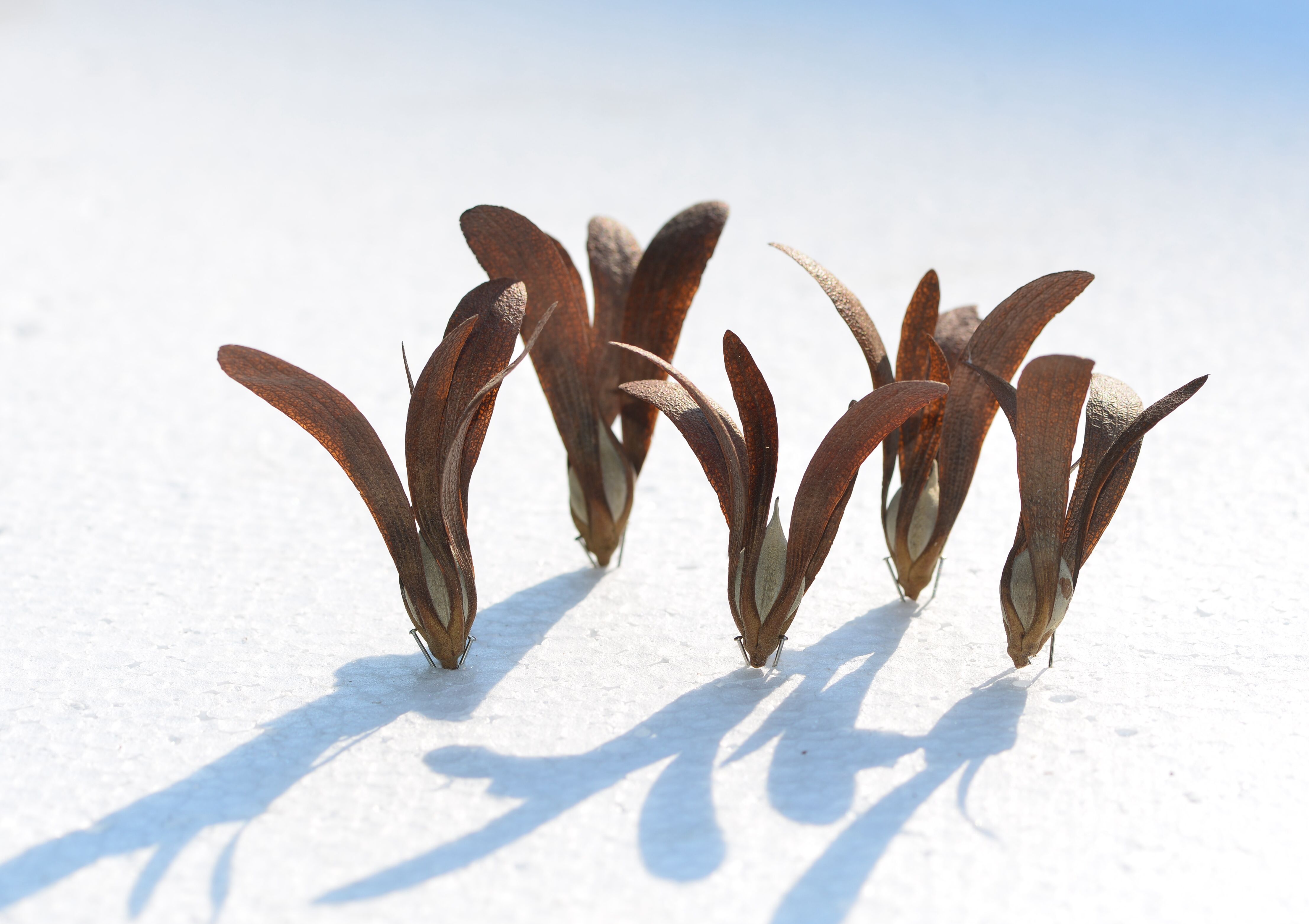
Seed dormancy is an important life history state in plant development and reproduction that increases survival and fitness. Species-specific or region-specific studies of seed dormancy are common, but global-scale studies are relatively scarce. Many mysteries remain about the spatial-temporal dynamics of seed dormancy that need to be explored.
In a study published in New Phytologist, researchers from the Xishuangbanna Tropical Botanical Garden (XTBG) of the Chinese Academy of Sciences and University of Kentucky have revealed the biogeographic rules of seed dormancy in global extensive climate type and the divergent adaptations of woody and herbaceous species.
The researchers compiled global distribution records for seed dormancy of 12,743 species and their phylogeny to explore the biogeographic patterns, environmental drivers and evolutionary transitions between seed dormancy and non-dormancy.
Based on global data, including extensive climatic regions, the researchers demonstrated that there are significant differences in the proportion of seed dormancy between climate types. A low proportion of dormancy mainly is found in tropical rainforest regions and in some arctic regions for all species and woody species, while a high proportion of dormancy mainly is concentrated in remaining tropical, subtropical and temperate regions. Herbaceous plants show a greater proportion of dormancy in most global regions except arctic regions
They found that seasonal/unpredictable environments have a consistent positive influence on the dormancy pattern for both lifeforms, but precipitation and temperature were important driving factors for woody and herbaceous plants, respectively.
During the evolutionary history of seed plants, seed dormancy was the dominating state. However, the role of non-dormancy is gradually increasing but is not an evolutionary end point. The dormancy state evolved as an adaptation to unfavorable climates, while non-dormancy state is an adaptation to warming or favorable environments.
"The adaptations of alternating dormancy to non-dormancy transitions for fluctuating environments during long-term evolutionary history may play important roles in booms of seed plants," said ZHANG Yazhou, first author of the study.
Moreover, their findings show that none of the predictors of glaciation have significant effects on biogeographic patterns of seed dormancy, which may suggest that glaciation did not shape the biogeographic pattern of seed dormancy during the Quaternary.
"Our results add to the current knowledge about seed dormancy from macro-adaptive perspectives and also prompt humans to think about how extreme climate events (e.g., persistent drought and stronger seasonality) caused by global change will affect characteristics of the local plant community," said YANG Jie of XTBG.


86-10-68597521 (day)
86-10-68597289 (night)

52 Sanlihe Rd., Xicheng District,
Beijing, China (100864)

